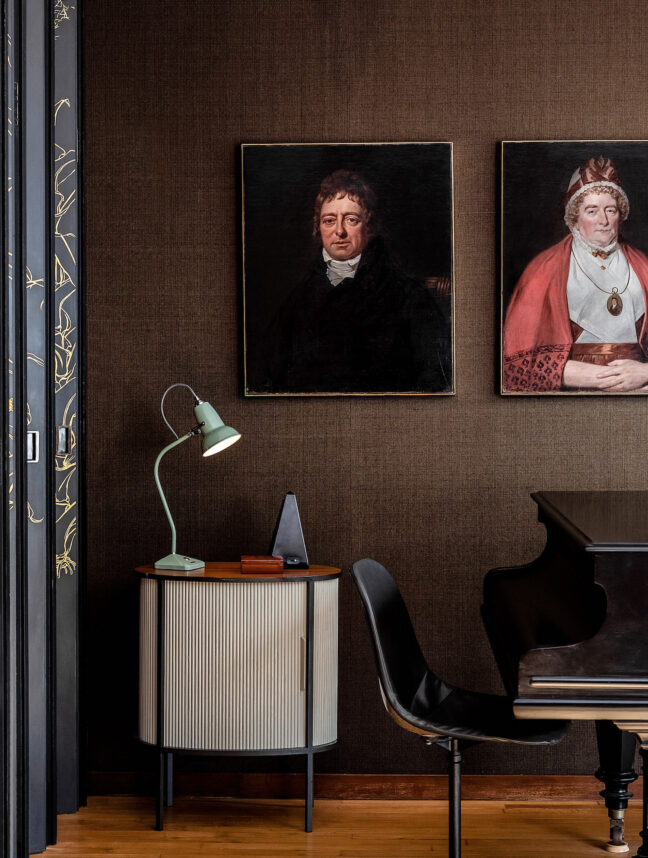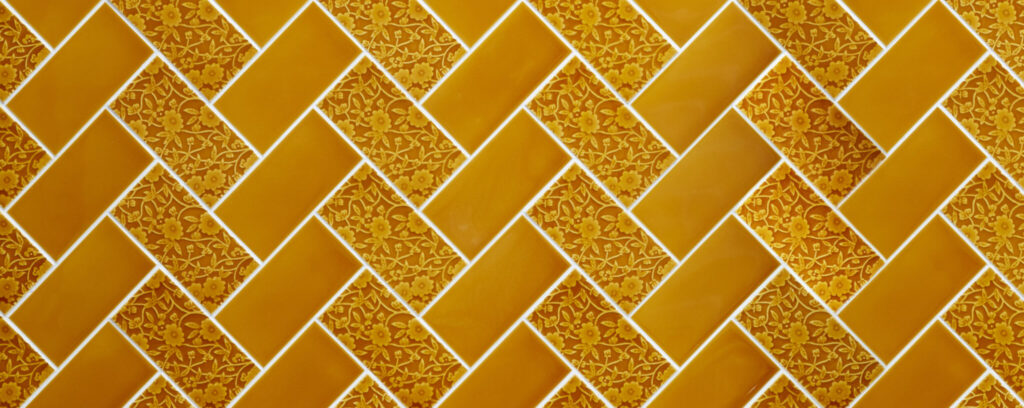Are design icons frozen in time, or can they evolve for new generations without diluting what made them classic? Effect Magazine’s Dominic Lutyens looks at modern interpretations of British mid-century heritage brands Anglepoise, Ercol and Hornsea Pottery to find out
Just as countries as diverse as Finland, Sweden, Denmark, Germany, Italy and the US spawned successful design brands associated with modernism, so homeware companies producing high quality, contemporary goods sprang up simultaneously in Britain. Yet some of the best-known, well-loved heritage brands established in Britain in the 20th century need to evolve and appeal to younger generations in order to survive. Of course, venerable brands risks diluting their DNA when they make an effort to move with the times. So, what tactics do they deploy to remain relevant and desirable today?
Famous examples include Ercol, founded in 1920 in High Wycombe by designer Lucian R Ercolani, an Italian émigré. Ercol became known for its pared-down furniture which, thanks to its curvy contours, was also ergonomic, comfortable and homely. It was chiefly its 1946 Windsor chair that put the company on the map – this offered a simpler alternative to more traditional or ornate versions of Windsor chairs with its clean-lined spindles.
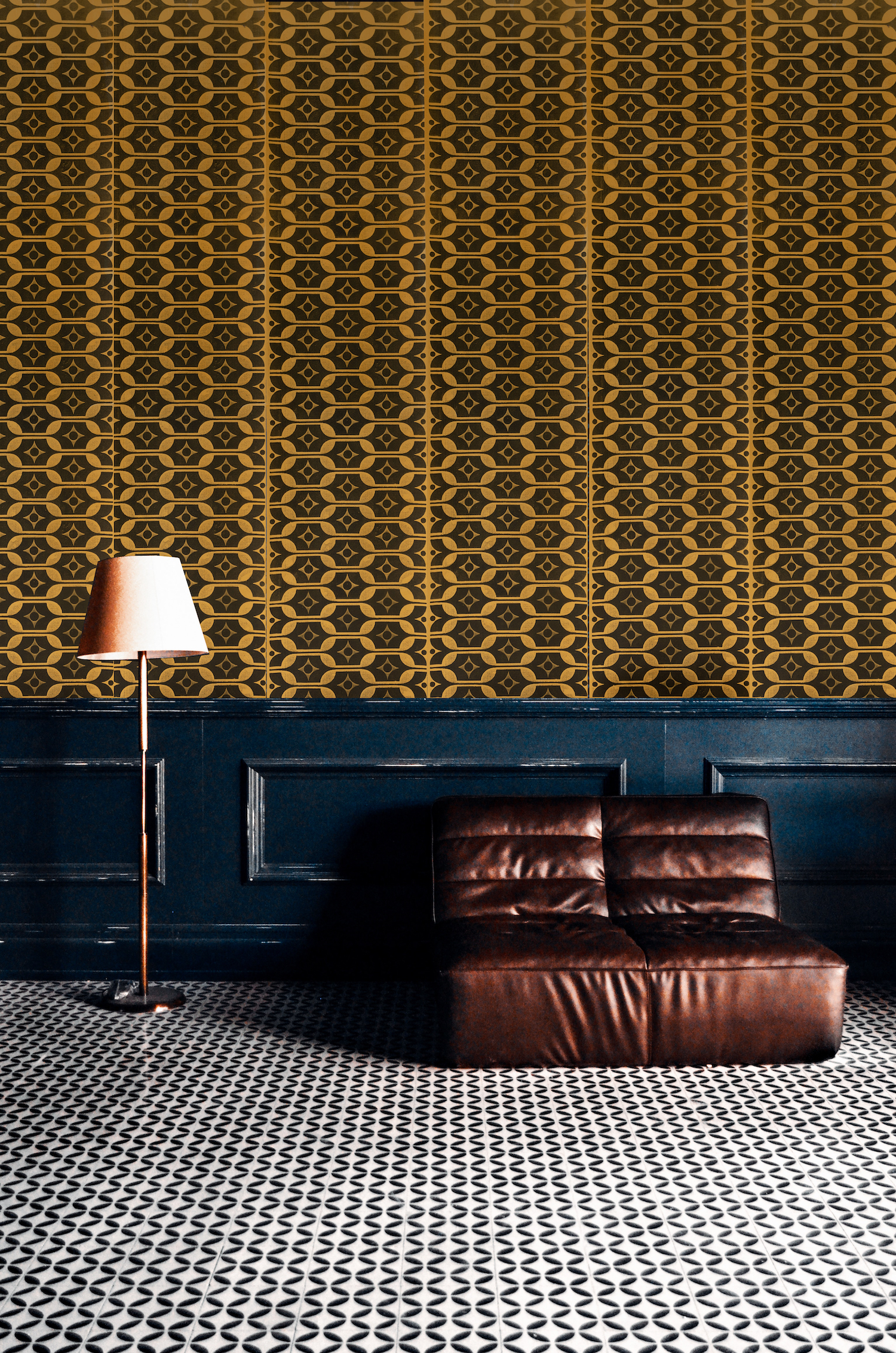
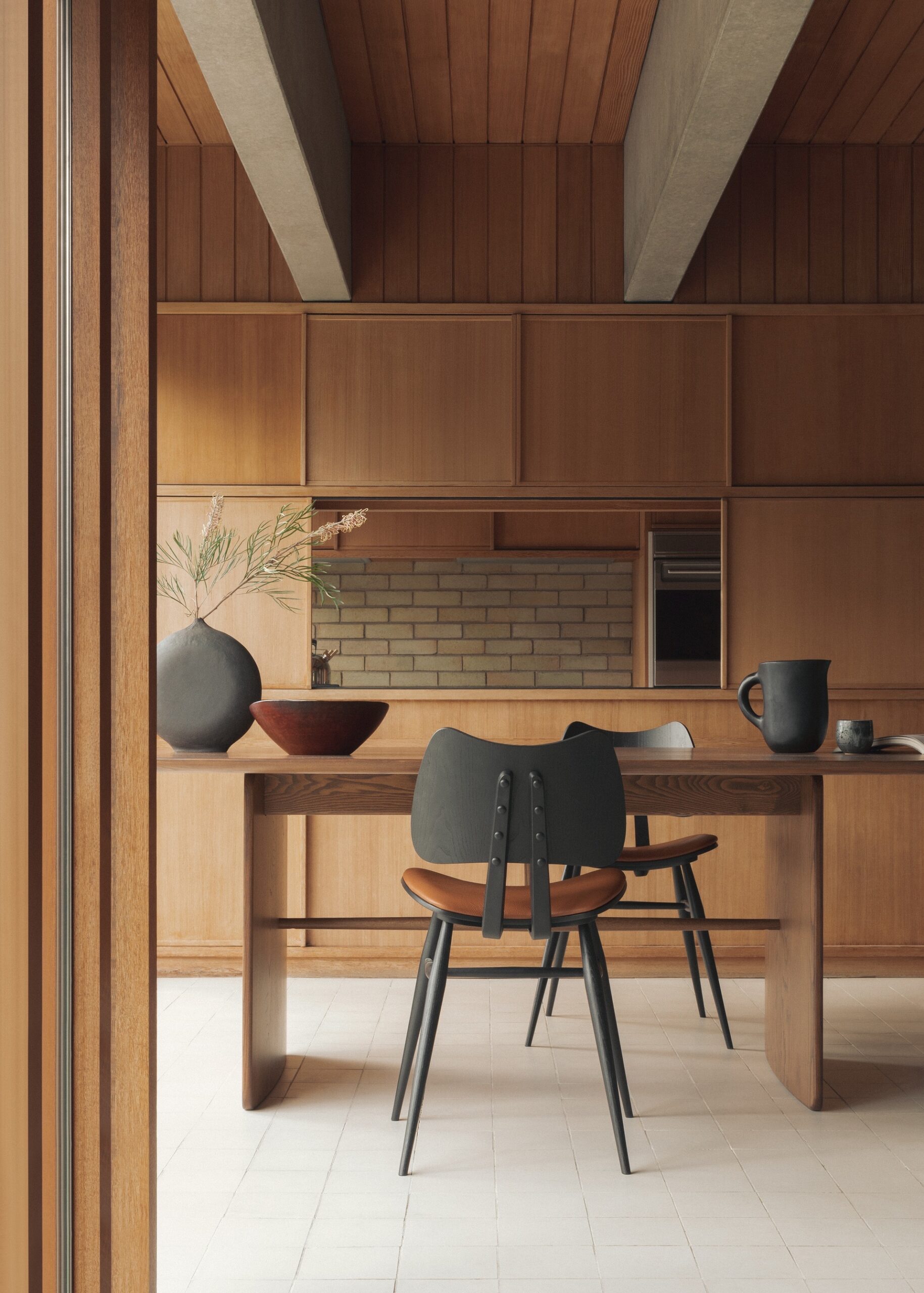

Another example is Anglepoise, whose story begins with the invention in 1932 of an innovative spring by car engineer George Carwardine. Lateral thinking led him to think of another use for the spring – as a key component of a new, articulated desk lamp. The first Anglepoise design was the four-spring model of 1933. Carwardine discovered that his spring could support pivoting arms to form a flexible mechanism that assumes a wide variety of positions when lightly touched. But the lamp stays put as soon as its angle has been changed.
Functionality was initially the lamp’s main selling point, since its ability to point in a multitude of directions allowed it to carry out a number of specialist tasks. It proved popular at first in working environments – workshops and doctors’ and dentists’ surgeries – but Carwardine also designed a three-spring version for the home, launched in 1934.
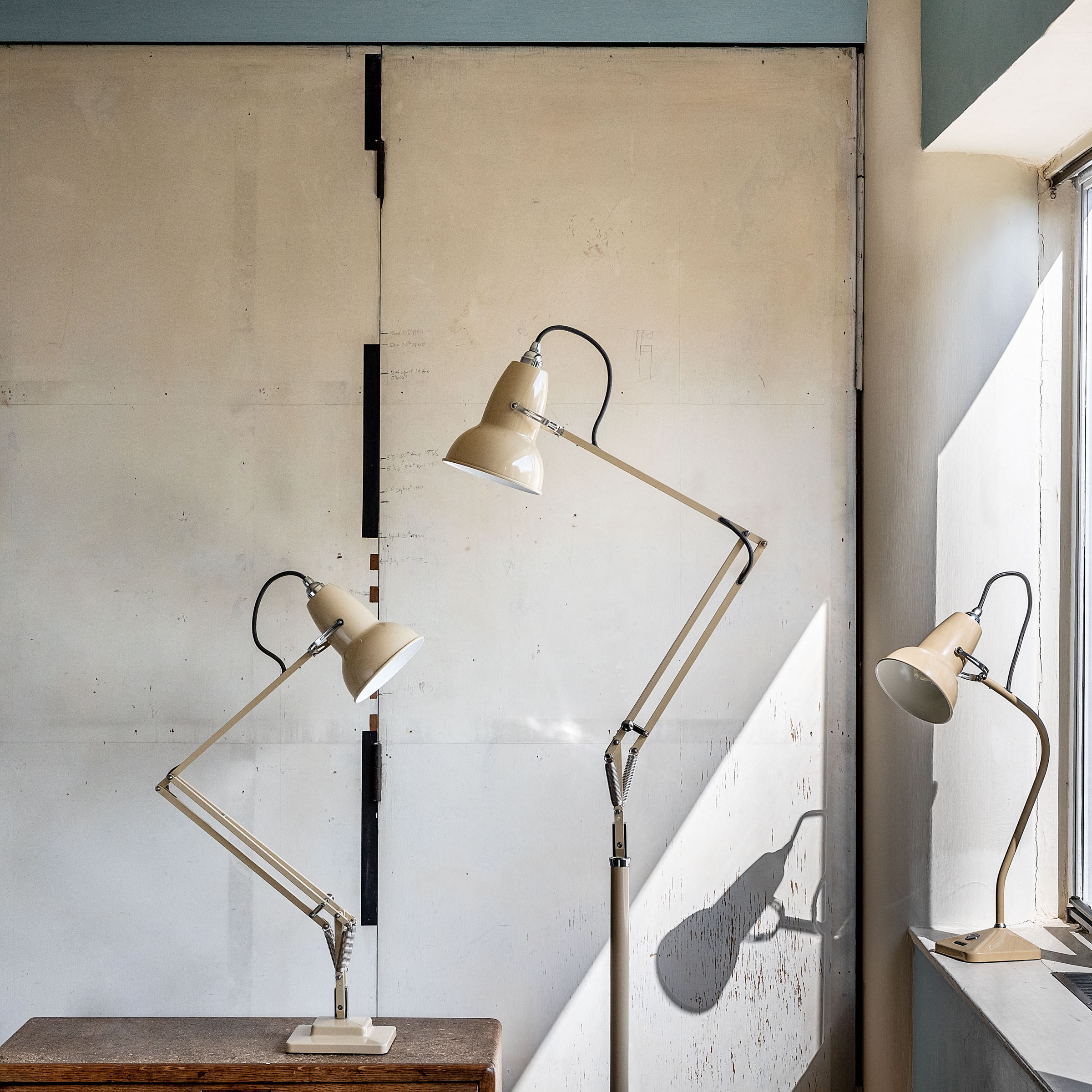
Another well-loved, albeit more niche British brand is Hornsea, co-founded by brothers Colin and Desmond Rawson in 1949 in Hornsea, Yorkshire. Its best-known pieces were created by John Clappison, a student from Hull College of Art. Appointed the firm’s chief designer in 1958, he greatly raised the pottery’s profile. His pieces include his Studiocraft vessels and Heirloom, a comprehensive tableware range (it included salad bowls, eggcups and stackable coffee cups), whose patterns were screenprinted onto the ceramics’ biscuit surface. Heirloom was phenomenally successful and, for many, is a familiar part of Britain’s design heritage since it was in production from 1967 to 1987.
While Clappison’s pieces were often whimsical, sometimes taking the shape of stylised animals or bearing jaunty surface patterns, their understated forms and graphic patterns and motifs prevent them from looking twee.
The brand’s fortunes plummeted in the late 1970s, and Hornsea went into receivership in 2000. That year, Patrick Smith bought the firm and owns the rights to Clappison’s 1950s and 1960s designs.



Ercol is undoubtedly evolving, having launched its luxury brand L Ercolani in 2020. Original Ercol designs, such as the Butterfly chair launched in 1956, are now part of L Ercolani’s product range, made at Ercol’s factory in Princes Risborough, Buckinghamshire. But some of its older solid ash or walnut designs have been tweaked to cater to present-day needs.
“When we brought the Butterfly chair back into the offering, it was too small for people in the 21st century,” says Henry Tadros, director of L Ercolani and chairman of Ercol. “We’ve increased its dimensions by 10 per cent to ensure it’s suitable for customers today, while retaining its original proportions. We’ve added soft seat upholstery too, to add another level of comfort, since today people spend longer enjoying meals – and work from home more. We also recently switched from painted finishes to stains, which elevate the look of the furniture as stains allow you to see the woodgrain. Stains impregnate the timber, too, and so provide a longer lasting finish.”
We can’t rest on Lucian’s wonderful mid-century designs. Lucian was very forward-thinking in the 1940s and 1950s… he looked to the future. I believe we should, too.
Henry Tadros, chairman of Ercol
Does he see L Ercolani evolving in other ways? “You cannot look backwards,” says Tadros, who is Lucian Ercolani’s great-grandson. “We can’t rest on Lucian’s wonderful mid-century designs. Lucian was very forward-thinking in the 1940s and 1950s. Whether embracing mass-production or designing the Butterfly chair, he looked to the future. I believe we should, too. One way to do so is to develop new furniture with international designers who respect Ercolani’s values yet move his design language forwards. We have a long-standing relationship with Norm Architects based in Denmark and work with designers from Scandinavia, Japan, the US and UK.”

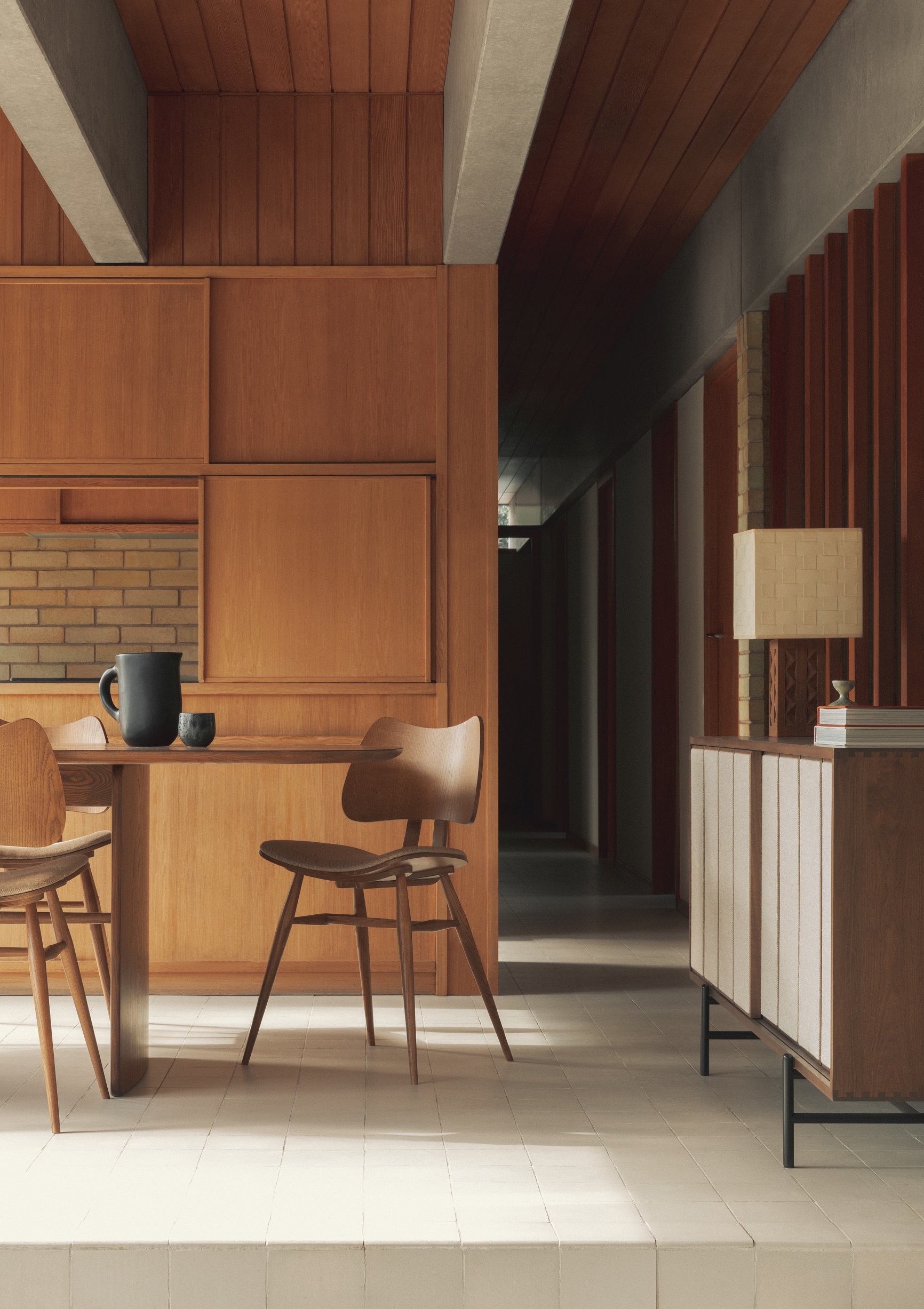
As for Anglepoise, the brand – which often collaborates with high-profile designers – is constantly metamorphosing. In 2003, eminent British product designer Sir Kenneth Grange became its design director and enlisted fashion designers Paul Smith and Margaret Howell to collaborate with the brand; they both experimented with creating lamps in brighter, more contemporary and characterful colours.
Anglepoise’s latest collection, a partnership with the National Trust, looks more retro, however. Its classic Original 1227 lamp is now available in a sage green shade, inspired by nature. The collaboration will also support the restoration of early 20th-century villa The Homewood in Surrey.
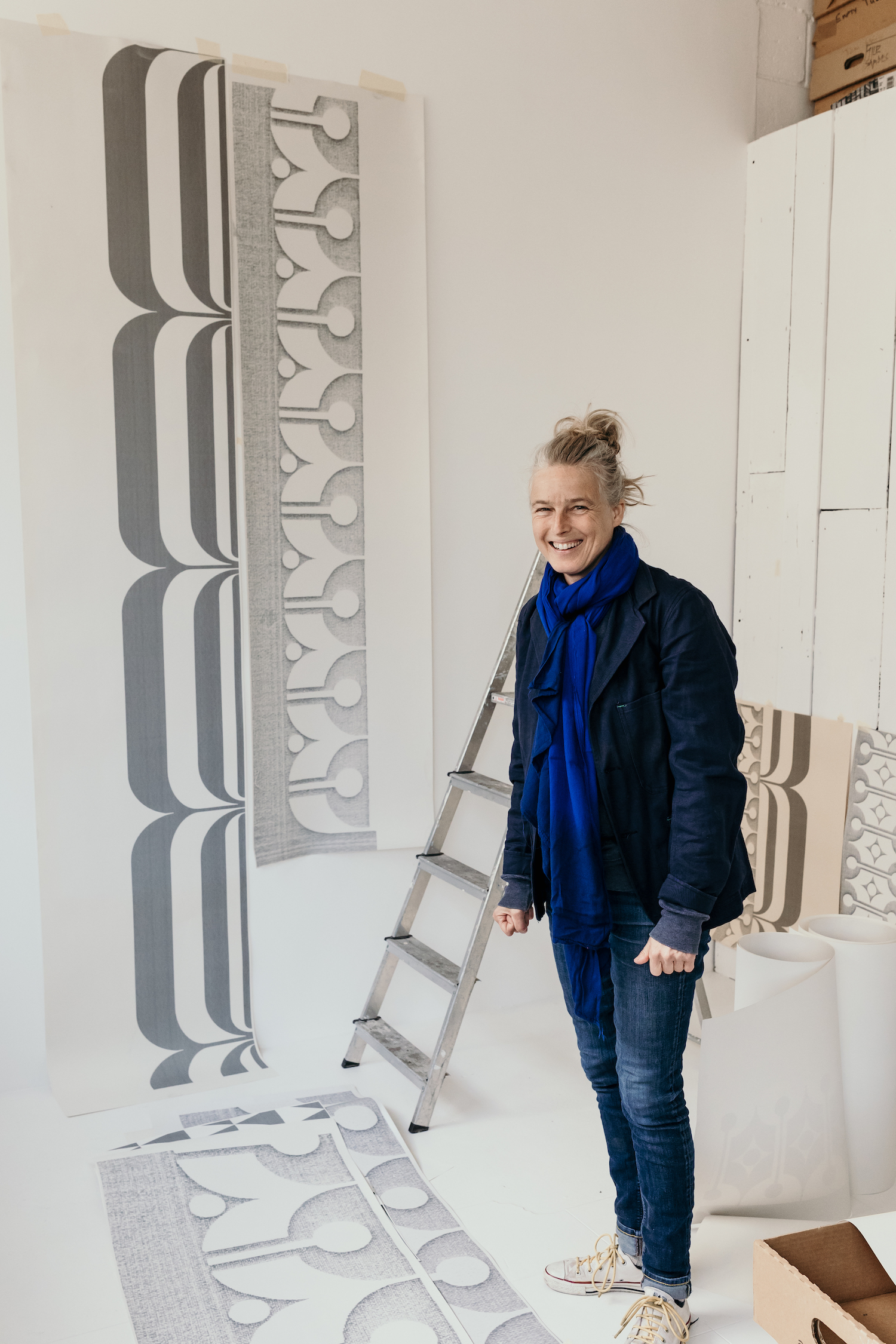
Meanwhile, Hornsea has teamed up with Yorkshire-born Deborah Bowness – who has dreamt up bespoke wallpapers since 1999 – to create a collection of limited-edition, hand-printed wallpapers and borders. Introducing a different category of homeware to the one a brand is known for is an unusual way for it to evolve. Called Heirloom, Bowness’s collection references Clappison’s design while not slavishly reproducing it. Instead, she says, she has studied its pattern, then deconstructed it and rebuilt it.
The collaboration was first mooted years ago when she learnt that Smith was planning to relaunch Hornsea and was asked if she’d like to be involved. The offer finally materialised recently: “With my wallpaper collection, it was an interesting challenge to take mid-century design and make it relevant to today’s market while retaining the integrity of its heritage. My response to the original Heirloom pattern was to change its scale and give it a new function, which I believe gives it a new lease of life.”
There’s a personal aspect to Deborah’s involvement which makes it feel more authentic. “Most Yorkshire families possess Hornsea pieces,” says Bowness. “I grew up using an Heirloom dinner set, a wedding present to my parents.”
“I’m choosy about who to collaborate with,” says Smith. “Like anyone we partner with, Deborah is a Hornsea fan. Hornsea pioneered screenprinting on ceramics and Deborah screenprints her wallpapers, so there was a close connection there in terms of processes.” The company now has a growing cult following, says Smith: “It has many heritage fans but also a new wave of admirers and collectors and followers on Instagram and Pinterest.” Bowness is just one of many designers today who holds a deep affection for Hornsea. “Growing up in Yorkshire, we both visited Hornsea,” say Mark Hampshire and Keith Stephenson, co-founders of interiors brand Mini Moderns, whose homeware is inspired by British mid-century design. “We love John Clappison’s modern, graphic patterns. These enduring designs have influenced us and many contemporary pattern designers. At home, we have several Hornsea pieces and one of our wallpaper designs, called Vessel, features two Clappison vases.”
Effect Magazine is brought to you by Effetto



